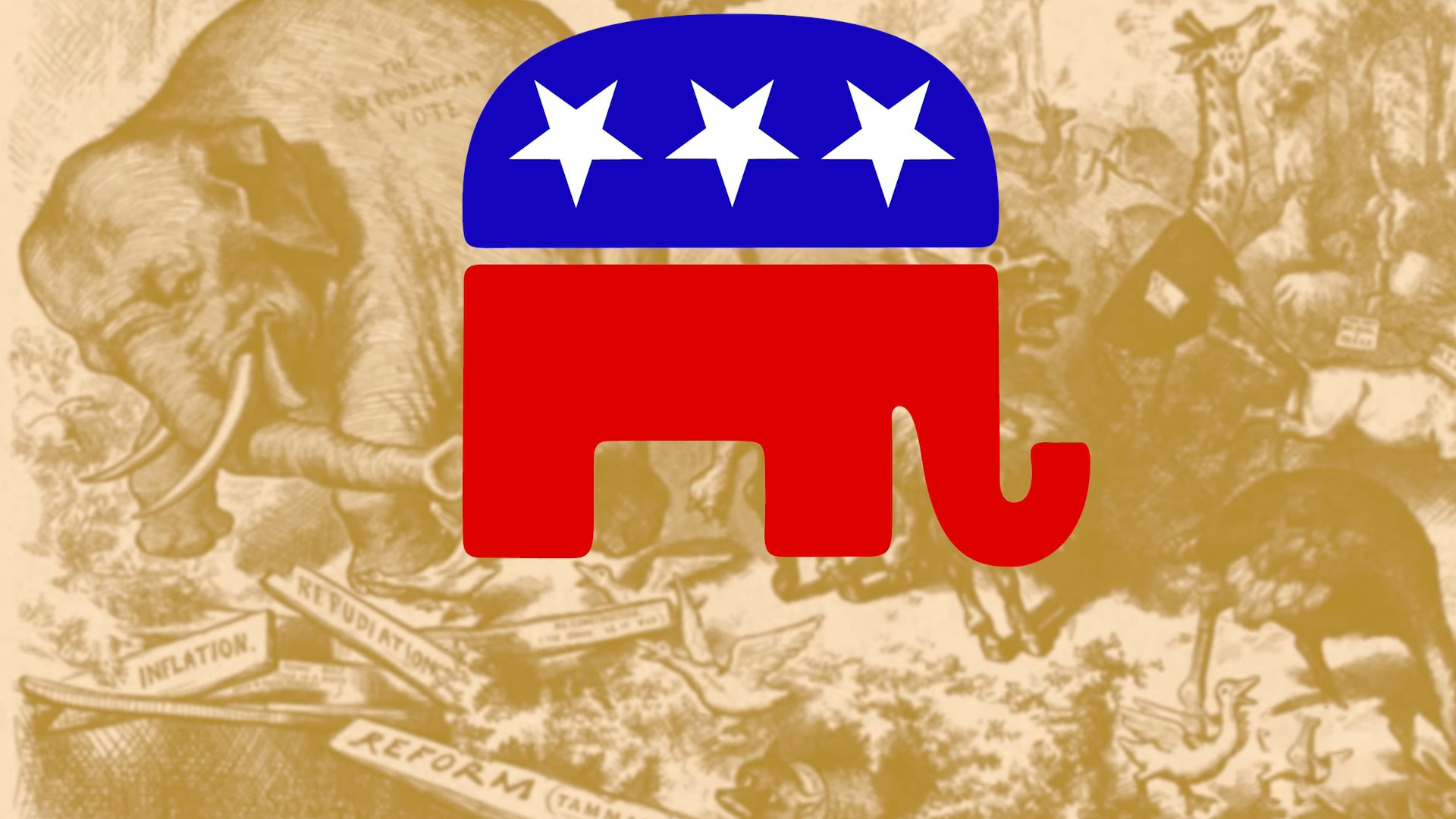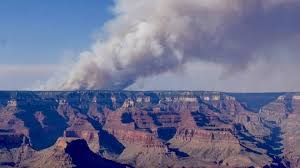I’ve always been intrigued by the diverse political landscape of the United States, where states are often categorized as either conservative or liberal. In my understanding, conservative politics, represented predominantly by the Republican Party, seeks to uphold the principles and philosophies articulated in the Declaration of Independence and the Constitution.
It’s about maintaining a smaller, less regulated government and preserving traditional moral values, often rooted in biblical teachings. There’s a certain reluctance towards rapid change and a profound respect for free-market capitalism and free trade within conservative circles.
On the flip side, liberal politics, primarily associated with the Democratic Party, values social justice, access to healthcare, economic regulation, and social equality. States like Hawaii, Massachusetts, and California are often seen as liberal bastions.
The political dichotomy in the U.S. is fascinating, with citizens typically identifying as either Democratic or Republican, liberal or conservative. Now, when we talk about conservative states, we are referring to those with predominantly conservative populations that consistently elect conservative-leaning legislation.
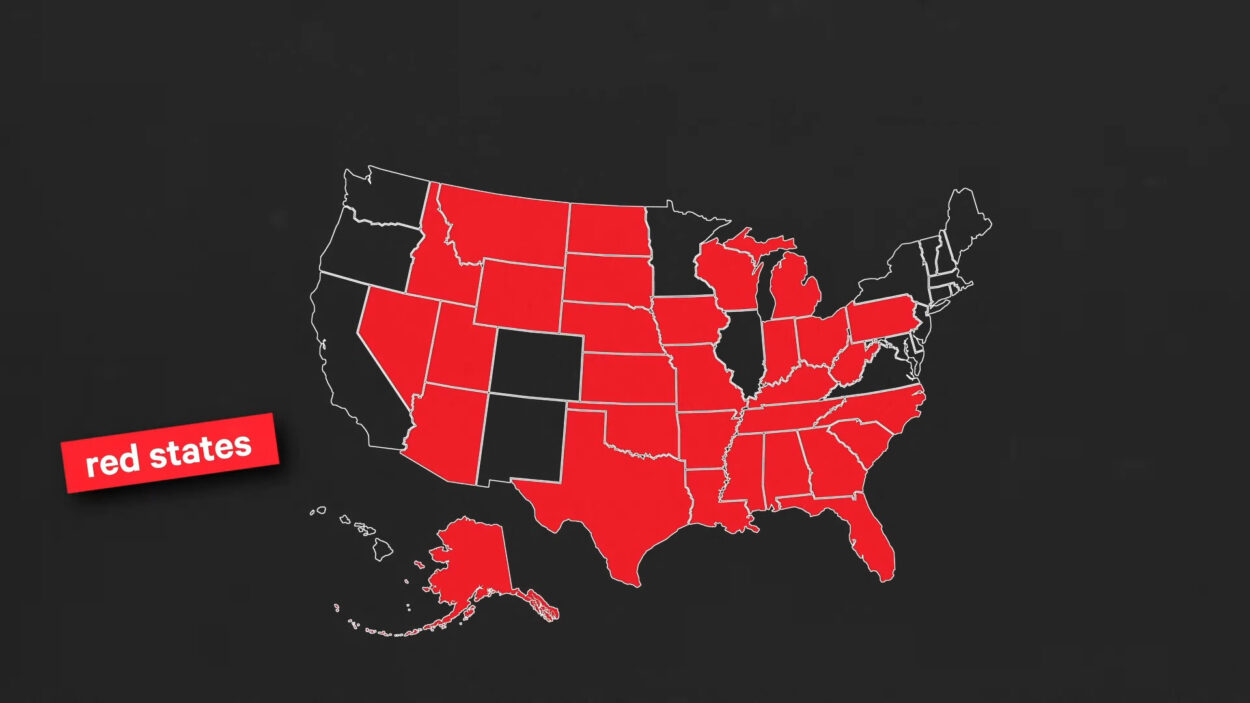 These states, often referred to as “red” states, usually have lower taxes, limited gun laws, high religious participation, and fewer business regulations. Wyoming stands out as the most Republican state, with 67% of its residents identifying as Republican or Republican-leaning.
These states, often referred to as “red” states, usually have lower taxes, limited gun laws, high religious participation, and fewer business regulations. Wyoming stands out as the most Republican state, with 67% of its residents identifying as Republican or Republican-leaning.
It’s a state known for its low taxes, including no state income tax, and has been a stronghold for the Republican Party in presidential elections since the 1950s, with 1964 being the exception. This exploration of political ideologies and state leanings provides a glimpse into the varied and multifaceted political fabric of the United States.
Most Conservative U.S. States
Delving into the political tapestry of the United States, it’s fascinating to see the conservative stronghold in various states, each with its unique characteristics and voting patterns. The Cook Partisan Voting Index (Cook PVI) offers intriguing insights, comparing the average party share of the Democratic and Republican two-party presidential votes in states to the national average.
Wyoming
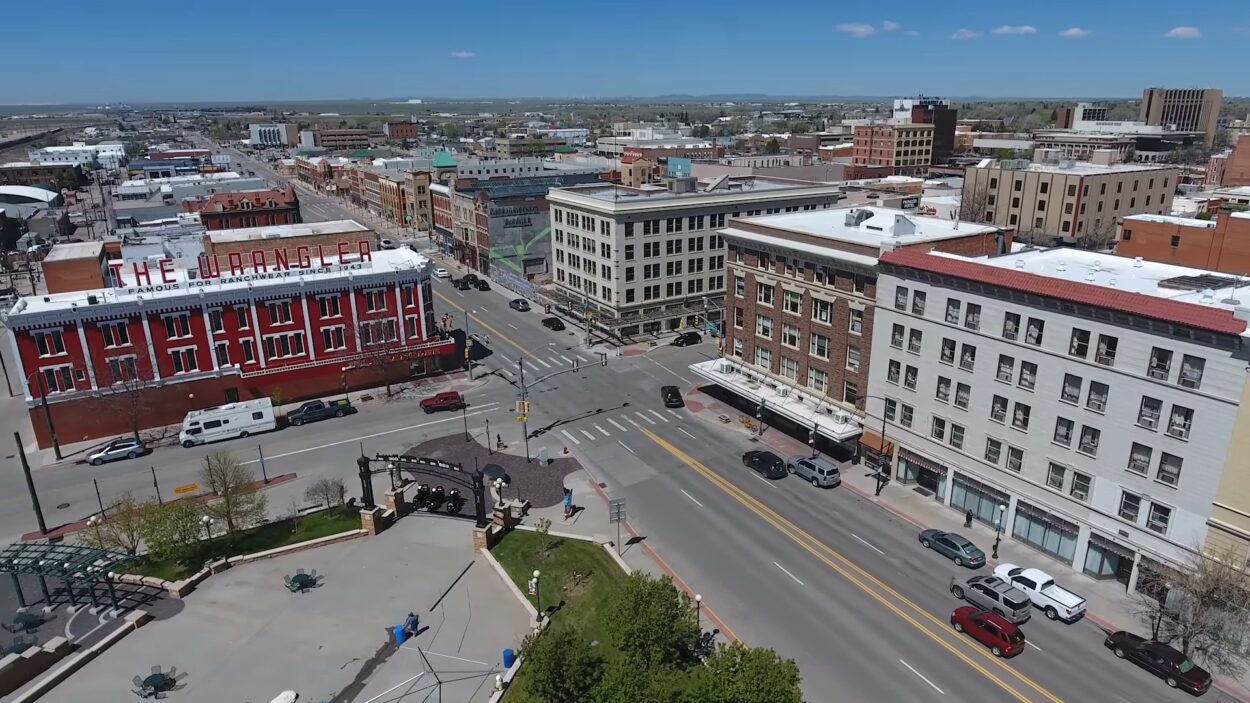 Wyoming tops the list with a PVI score of R+25, reflecting its staunch conservative stance. It’s intriguing to note that 46% of its residents identify as Conservative and the state has been a Republican bastion in presidential elections since the 1950s, with the 1964 election being the sole exception.
Wyoming tops the list with a PVI score of R+25, reflecting its staunch conservative stance. It’s intriguing to note that 46% of its residents identify as Conservative and the state has been a Republican bastion in presidential elections since the 1950s, with the 1964 election being the sole exception.
- Historical Context: Wyoming’s conservative leanings can be traced back to its agricultural and mining roots, fostering a culture of self-reliance and individualism.
- Economic Perspective: Wyoming’s low taxes and limited business regulations reflect its conservative economic stance, promoting free enterprise and economic freedom.
- Social and Cultural Aspects: The state values traditional family structures and community bonds, with a significant emphasis on individual freedoms and rights.
- Legislative Impact: Wyoming’s conservative legislature has enacted laws reflecting pro-gun rights and limited government intervention.
- Voter Demographics: The predominantly Caucasian population with a significant rural populace contributes to the state’s conservative voting patterns.
West Virginia
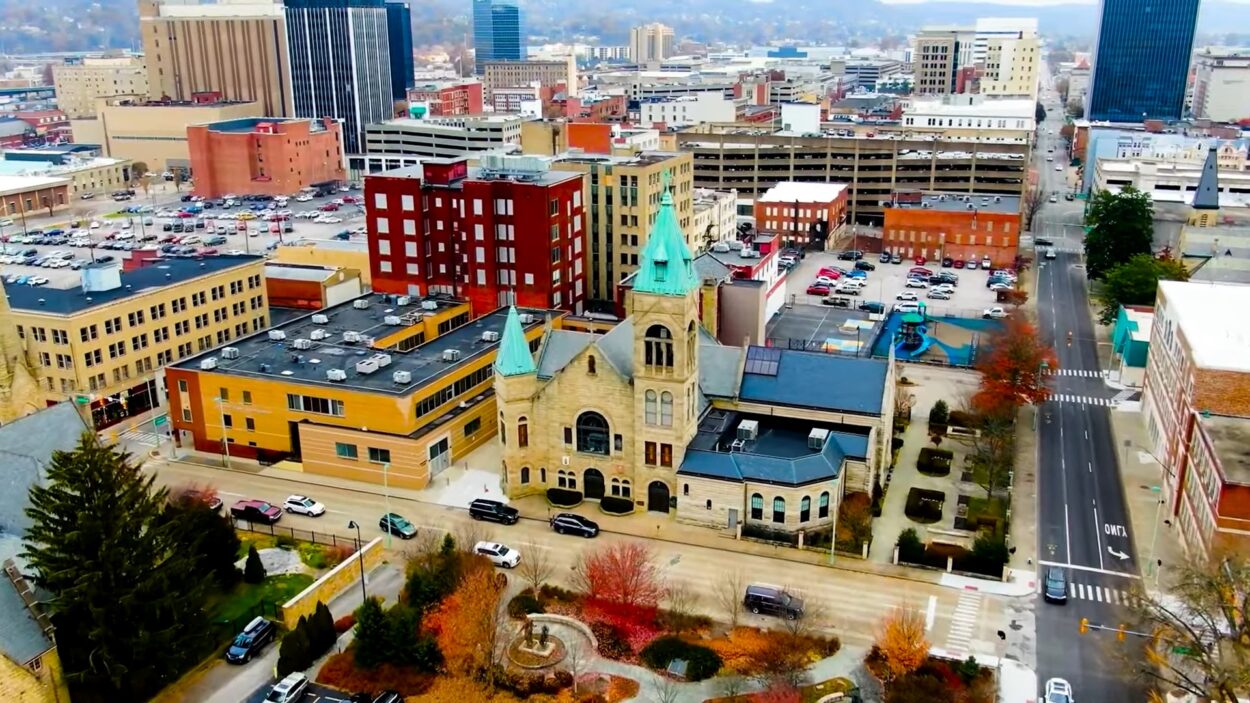 West Virginia follows closely, with a PVI score of R+22. It’s interesting to see that 45% of voters here identify as conservative, and the state has shown a growing inclination towards Republican candidates in recent elections.
West Virginia follows closely, with a PVI score of R+22. It’s interesting to see that 45% of voters here identify as conservative, and the state has shown a growing inclination towards Republican candidates in recent elections.
- Historical Context: West Virginia’s conservative shift can be attributed to its coal mining heritage and the decline of union influence.
- Economic Perspective: The state’s economic policies favor low taxes and minimal regulations, aligning with conservative economic principles.
- Social and Cultural Aspects: Strong community ties and traditional values play a pivotal role in shaping the political ideologies of the residents.
- Legislative Impact: The state has enacted conservative legislation, particularly focusing on energy policies and gun rights.
- Voter Demographics: The aging population and lower educational attainment levels are significant factors in the state’s conservative leanings.
Oklahoma
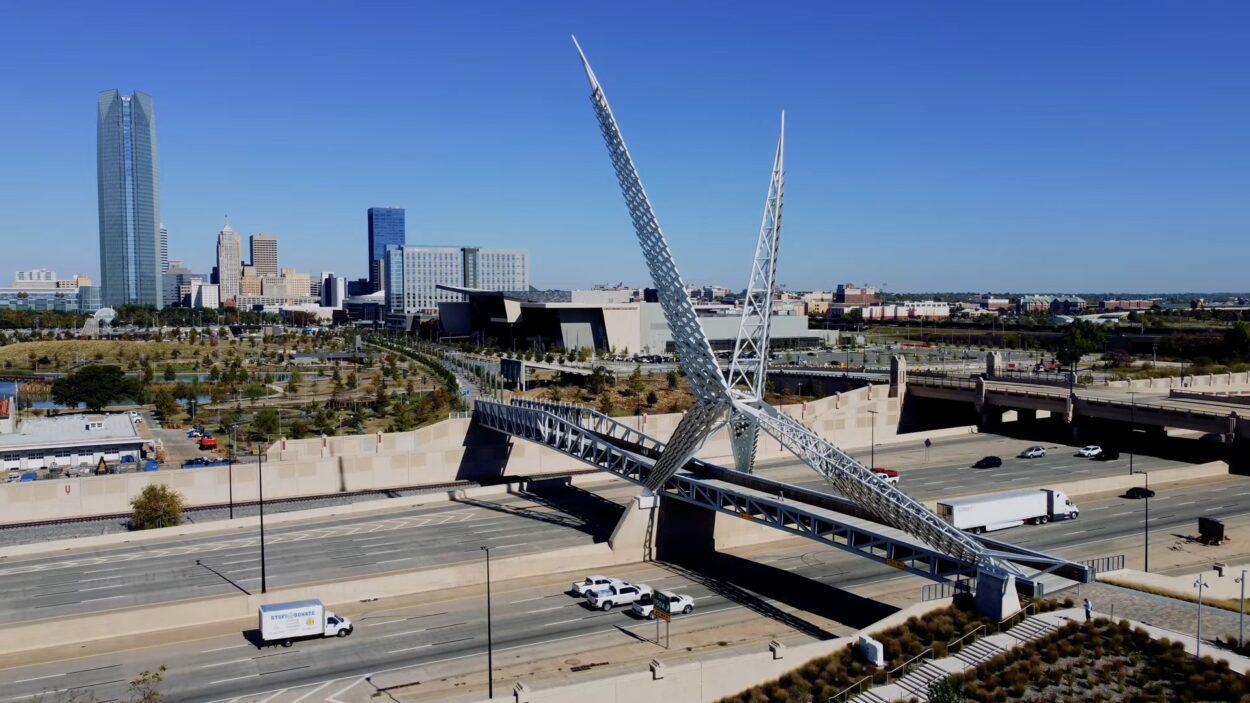 Oklahoma, predominantly conservative, has a PVI score of R+20. The state’s conservative leanings are evident in its voting patterns, with the majority of counties voting Republican in recent elections.
Oklahoma, predominantly conservative, has a PVI score of R+20. The state’s conservative leanings are evident in its voting patterns, with the majority of counties voting Republican in recent elections.
- Historical Context: Oklahoma’s conservative roots are intertwined with its agrarian background and Native American heritage.
- Economic Perspective: The state’s reliance on oil and agriculture has led to economic policies favoring deregulation and free-market principles.
- Social and Cultural Aspects: The importance of religion and traditional family values is prominent in shaping the state’s conservative stance.
- Legislative Impact: Oklahoma has passed legislation reflecting conservative values, including pro-life laws and stringent immigration policies.
- Voter Demographics: The state’s conservative voter base is diverse, including rural farmers and urban dwellers, with a significant evangelical Christian population.
North Dakota
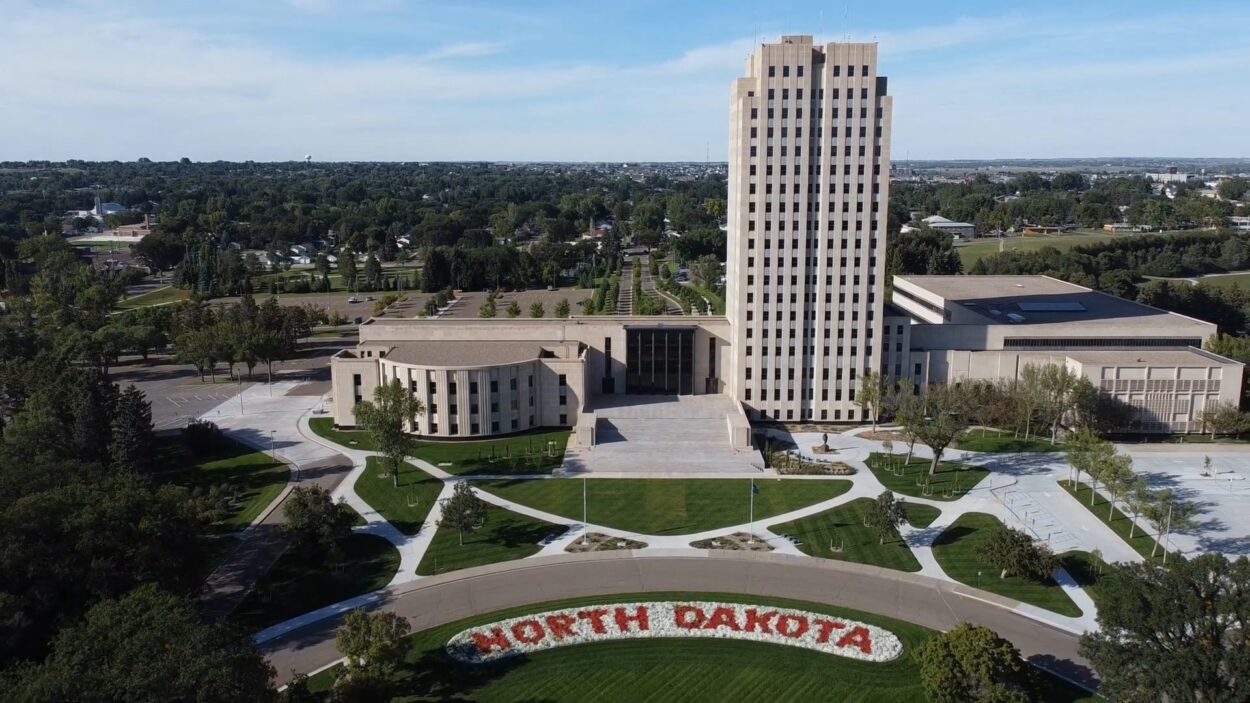 North Dakota, another Republican stronghold with an R+20 PVI, has shown a growing conservative population, with an increase in Republican votes in the 2020 presidential election compared to 2016.
North Dakota, another Republican stronghold with an R+20 PVI, has shown a growing conservative population, with an increase in Republican votes in the 2020 presidential election compared to 2016.
- Historical Context: North Dakota’s conservatism is deeply rooted in its agricultural history and the values of self-sufficiency and independence.
- Economic Perspective: The state’s economic policies are characterized by low taxes and minimal business regulations, fostering economic growth and entrepreneurship.
- Social and Cultural Aspects: The state’s residents value community cohesion, traditional morals, and a strong sense of individualism.
- Legislative Impact: North Dakota’s legislature has focused on conservative priorities such as pro-energy policies and Second Amendment rights.
- Voter Demographics: The predominantly Caucasian and rural population in North Dakota tends to lean conservative, with a significant emphasis on family values.
Idaho
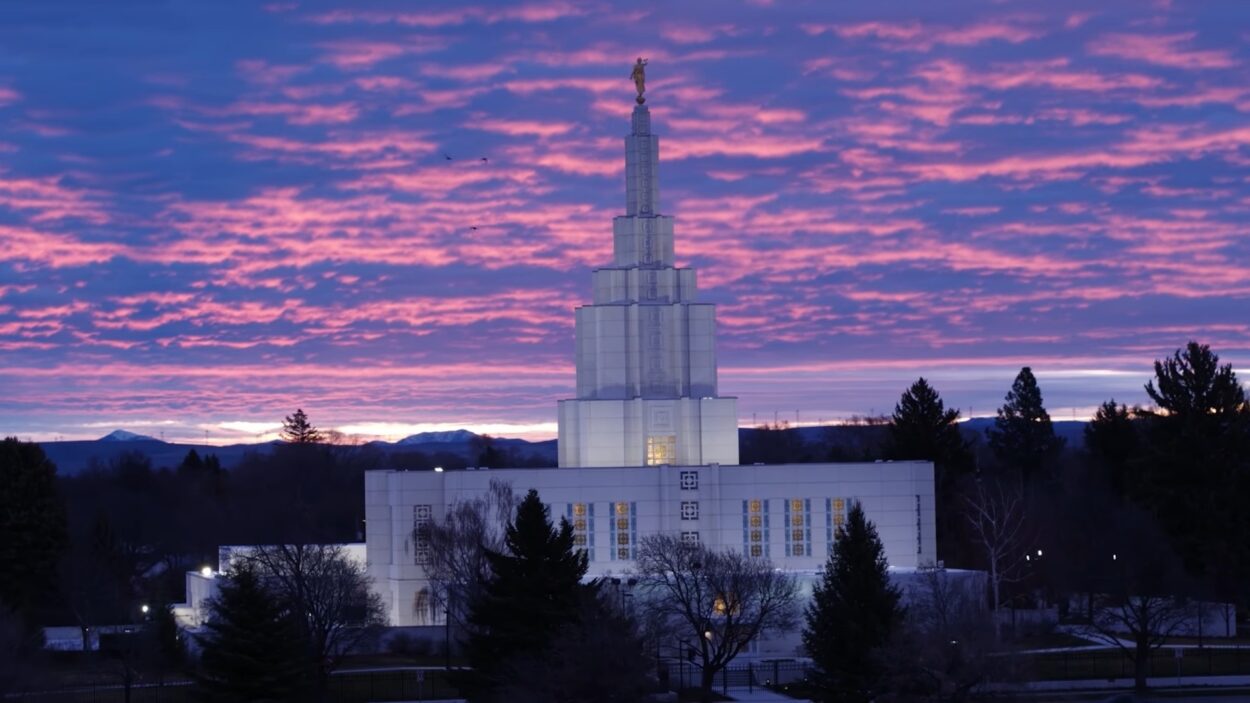 Idaho, with its R+18 PVI score, hasn’t elected a Democratic presidential candidate since 2000. The state’s conservative leanings have been more pronounced in recent years.
Idaho, with its R+18 PVI score, hasn’t elected a Democratic presidential candidate since 2000. The state’s conservative leanings have been more pronounced in recent years.
- Historical Context: Idaho’s conservative nature is influenced by its frontier history, fostering a spirit of independence and self-reliance.
- Economic Perspective: Idaho’s economic stance is pro-business, with policies focusing on low taxes and deregulation to promote economic freedom.
- Social and Cultural Aspects: The state’s residents have a strong inclination towards traditional values, community bonds, and religious beliefs.
- Legislative Impact: Idaho has enacted laws reflecting conservative ideologies, including pro-gun legislation and restrictions on abortion.
- Voter Demographics: The state’s conservative voters are predominantly Caucasian, with a significant representation from rural areas, emphasizing individual rights and freedoms.
Arkansas
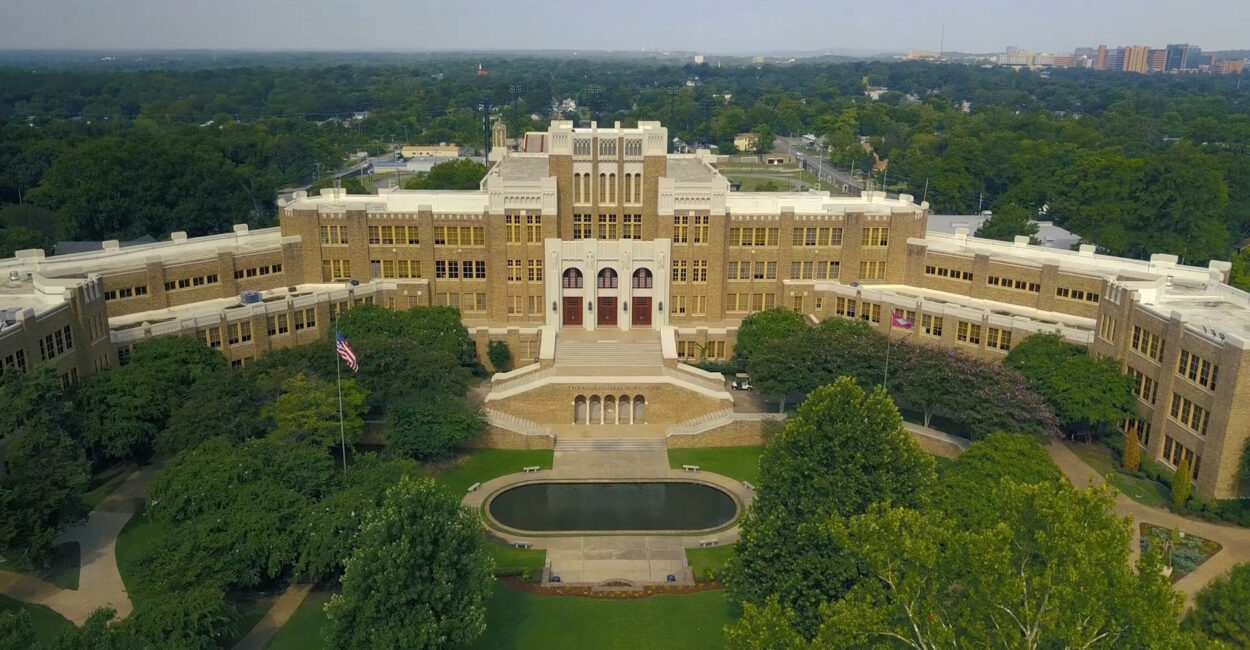 Arkansas, reflecting a shift towards conservatism over time, now has an R+16 PVI score. The state has predominantly supported Republican presidential candidates since 2000.
Arkansas, reflecting a shift towards conservatism over time, now has an R+16 PVI score. The state has predominantly supported Republican presidential candidates since 2000.
- Historical Context: Arkansas’s shift towards conservatism can be attributed to its agricultural roots and the evolving political landscape over the years.
- Economic Perspective: The state’s economic policies are centered around minimal government intervention, low taxes, and pro-business regulations.
- Social and Cultural Aspects: Traditional family structures, religious beliefs, and community values are integral to the state’s conservative ideology.
- Legislative Impact: Arkansas has focused on conservative legislative priorities, including pro-life policies and Second Amendment rights.
- Voter Demographics: The state’s conservative voter base is diverse, with a mix of rural and urban populations valuing traditional morals and individual freedoms.
Kentucky
 Kentucky, another state with an R+16 PVI, has been leaning more conservative over time, predominantly supporting Republican candidates in recent presidential elections.
Kentucky, another state with an R+16 PVI, has been leaning more conservative over time, predominantly supporting Republican candidates in recent presidential elections.
- Historical Context: Kentucky’s conservative transition is linked to its coal mining heritage and the decline of the influence of labor unions.
- Economic Perspective: The state advocates for conservative economic policies, emphasizing low taxes, minimal regulations, and free-market principles.
- Social and Cultural Aspects: The residents of Kentucky value traditional morals, religious beliefs, and community cohesion.
- Legislative Impact: Kentucky has enacted conservative legislation focusing on energy policies, pro-gun rights, and limited government intervention.
- Voter Demographics: The aging and predominantly Caucasian population in Kentucky has contributed to the state’s conservative voting patterns.
Alabama
 Alabama, with a PVI of R+15, is the eighth-most conservative state. The state’s conservative values are also reflected in the high church-going population.
Alabama, with a PVI of R+15, is the eighth-most conservative state. The state’s conservative values are also reflected in the high church-going population.
- Historical Context: Alabama’s conservative leanings are deeply rooted in its history, emphasizing states’ rights and individual freedoms.
- Economic Perspective: Alabama’s economic policies are pro-business, with low taxes and minimal regulations to foster economic growth.
- Social and Cultural Aspects: The state’s residents have a strong inclination towards religion, traditional family values, and community bonds.
- Legislative Impact: Alabama has passed stringent conservative legislation, including pro-life laws and policies emphasizing states’ rights.
- Voter Demographics: The state’s conservative voter base includes a diverse mix of populations valuing traditional morals and individual rights.
South Dakota
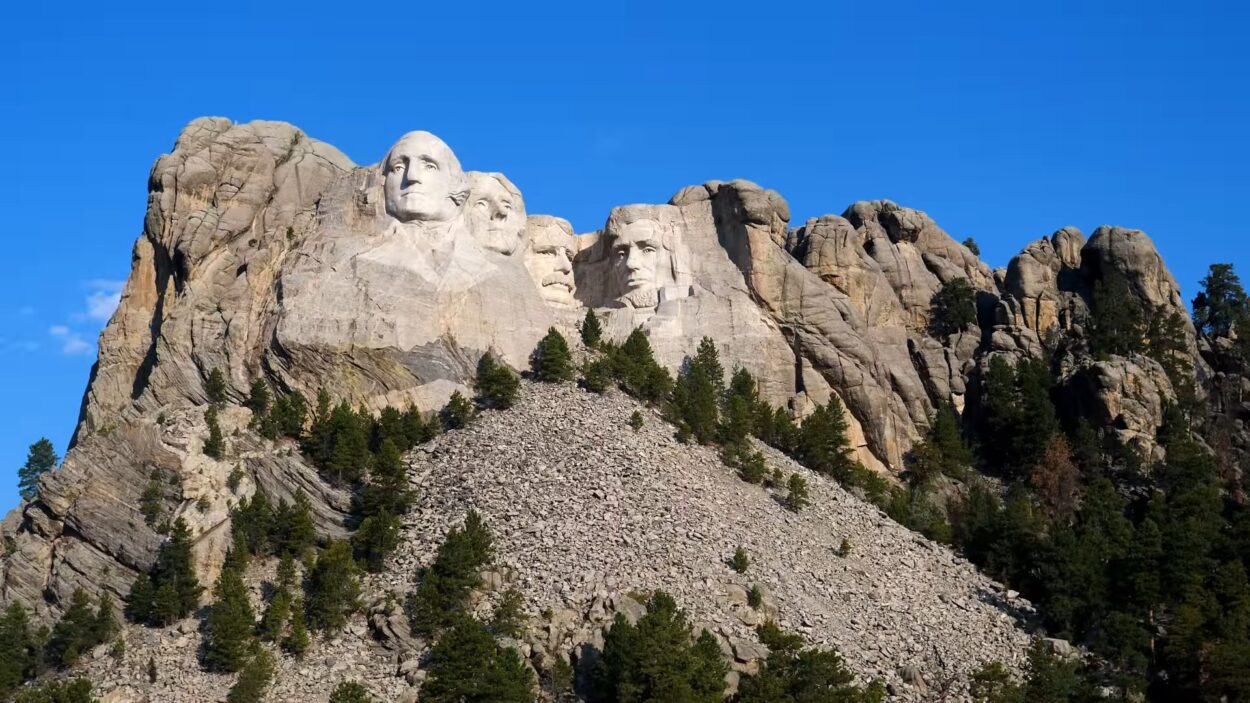 South Dakota, where 44% of voters identify as conservative, has consistently supported Republican presidential candidates, with a slight increase in Republican votes in the 2020 election compared to 2016.
South Dakota, where 44% of voters identify as conservative, has consistently supported Republican presidential candidates, with a slight increase in Republican votes in the 2020 election compared to 2016.
- Historical Context: South Dakota’s conservative nature is influenced by its agrarian background and the values of independence and self-reliance.
- Economic Perspective: The state’s economic stance is characterized by low taxes, minimal business regulations, and pro-agriculture policies.
- Social and Cultural Aspects: The importance of community cohesion, traditional values, and religious beliefs are prominent in the state’s conservative ideology.
- Legislative Impact: South Dakota has focused on conservative legislative priorities, including pro-agriculture policies and Second Amendment rights.
- Voter Demographics: The predominantly rural and Caucasian population in South Dakota tends to lean conservative, with a significant emphasis on family values and individual freedoms.
Tennessee
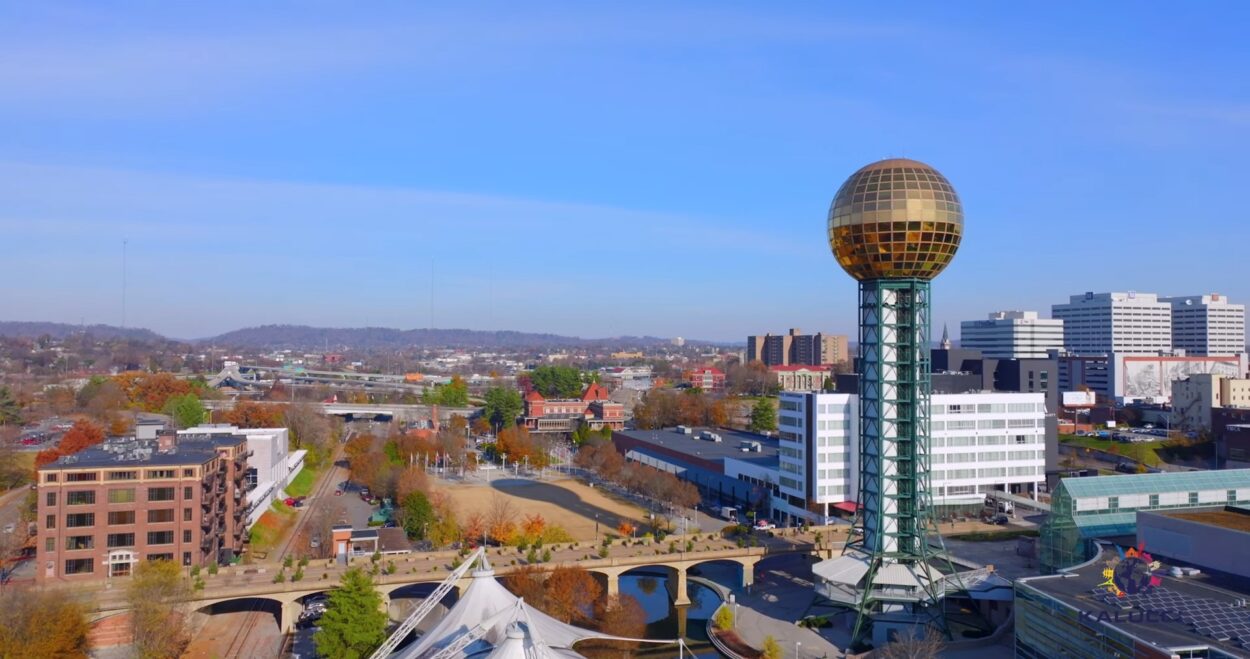 Tennessee rounds out the top ten with a PVI of R+14. The state has predominantly supported Republican presidential candidates since 1950.
Tennessee rounds out the top ten with a PVI of R+14. The state has predominantly supported Republican presidential candidates since 1950.
- Historical Context: Tennessee’s conservative leanings can be traced back to its historical emphasis on states’ rights and individual freedoms.
- Economic Perspective: Tennessee’s economic policies are pro-business, emphasizing low taxes, deregulation, and economic freedom.
- Social and Cultural Aspects: The state’s residents value traditional morals, religious beliefs, and a strong sense of community.
- Legislative Impact: Tennessee has enacted laws reflecting conservative ideologies, including pro-gun legislation and restrictions on government intervention.
- Voter Demographics: The state’s conservative voters are diverse, including urban dwellers and rural populations, with a significant representation of evangelical Christians.
Most Conservative U.S. Cities
Beyond states, several cities in the U.S. are conservative hubs. Some are nestled within conservative states, while others are anomalies in their home states.
The ten most conservative cities include Mesa, Arizona; Oklahoma City, Oklahoma; Virginia Beach, VA; Colorado Springs, Colorado; Jacksonville, Florida; Arlington, Texas; Anaheim, California; Omaha, Nebraska; Tulsa, Oklahoma; and Aurora, Colorado.
Exploring the conservative landscapes of these states and cities provides a nuanced understanding of the diverse political ideologies that coexist within the United States.
FAQ
How are conservative states typically represented in the Electoral College?
Conservative states, often smaller in population, may have fewer electoral votes compared to some liberal states with larger populations. However, the concentration of conservative states can significantly impact the Electoral College’s outcome.
How does the political leaning of a state affect its policies on education?
Conservative states often favor policies that support school choice, such as charter schools and vouchers, and may have a stronger emphasis on traditional curriculum. They may also be more likely to support policies that allow for religious expression within schools.
What role does religion play in conservative politics?
Religion often plays a significant role in conservative politics, influencing views on social issues such as abortion, marriage, and gender roles. Many conservatives value religious freedom and seek to preserve the right to practice religion without government interference.
How do conservative states approach environmental regulations?
Conservative states typically favor fewer environmental regulations, prioritizing economic growth and individual and corporate freedoms. They may advocate for states’ rights to manage their environmental policies rather than federal oversight.
Are there conservative states with high tax rates?
While conservative states generally favor lower taxes, there can be exceptions, and some may have higher taxes on specific goods or services, depending on the state’s unique economic structure and needs.
How do conservative states view immigration policies?
Conservative states often advocate for stricter immigration policies, emphasizing border security and the enforcement of immigration laws. They may prioritize legal immigration and support policies that address illegal immigration.
Can a state be economically conservative but socially liberal, or vice versa?
Yes, it is possible for a state to have a mix of conservative economic policies, such as low taxes and deregulation, while maintaining liberal social policies, like support for LGBTQ+ rights and marijuana legalization, and vice versa.
Final Words
The United States, with its diverse and multifaceted political fabric, offers a rich tapestry of political ideologies, with states leaning either conservative or liberal. The conservative states, often referred to as “red” states, uphold principles of smaller government, traditional values, and economic freedom.
Exploring the political landscapes, historical contexts, economic perspectives, social and cultural aspects, legislative impacts, and voter demographics of these states provides a nuanced understanding of the varied political ideologies coexisting within the nation. This exploration is crucial for fostering dialogue and understanding in a country marked by political dichotomy.

